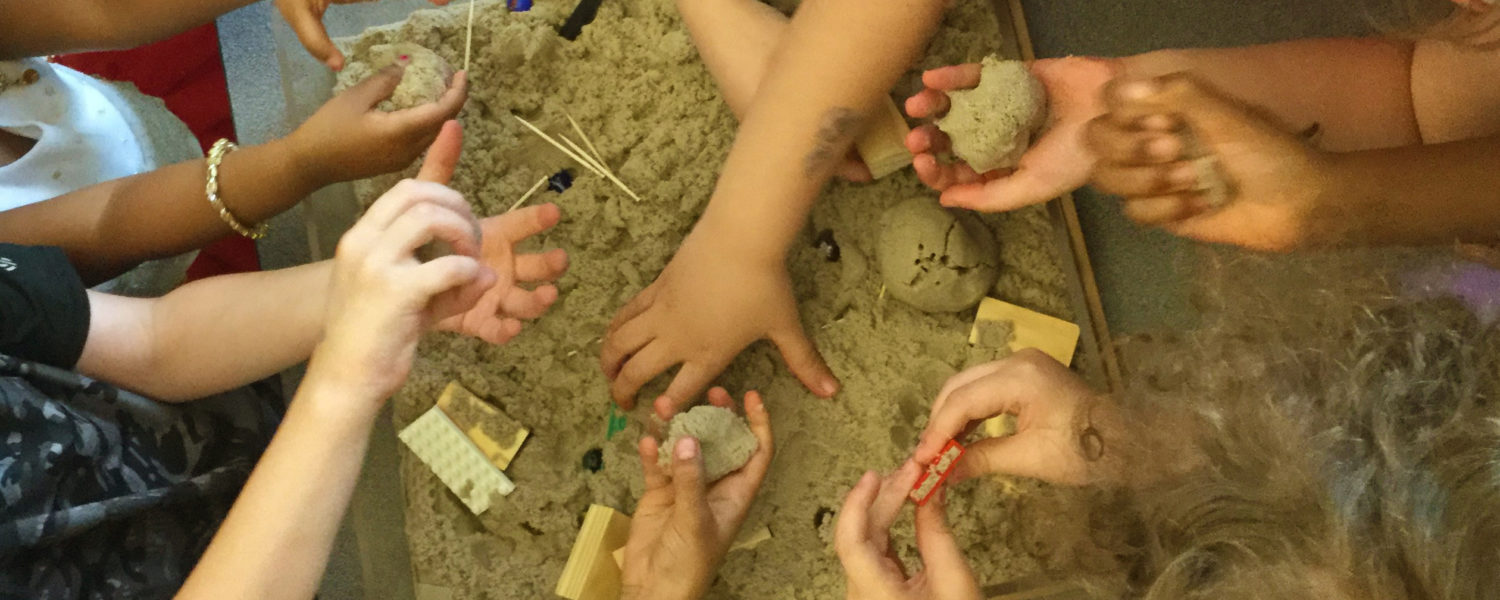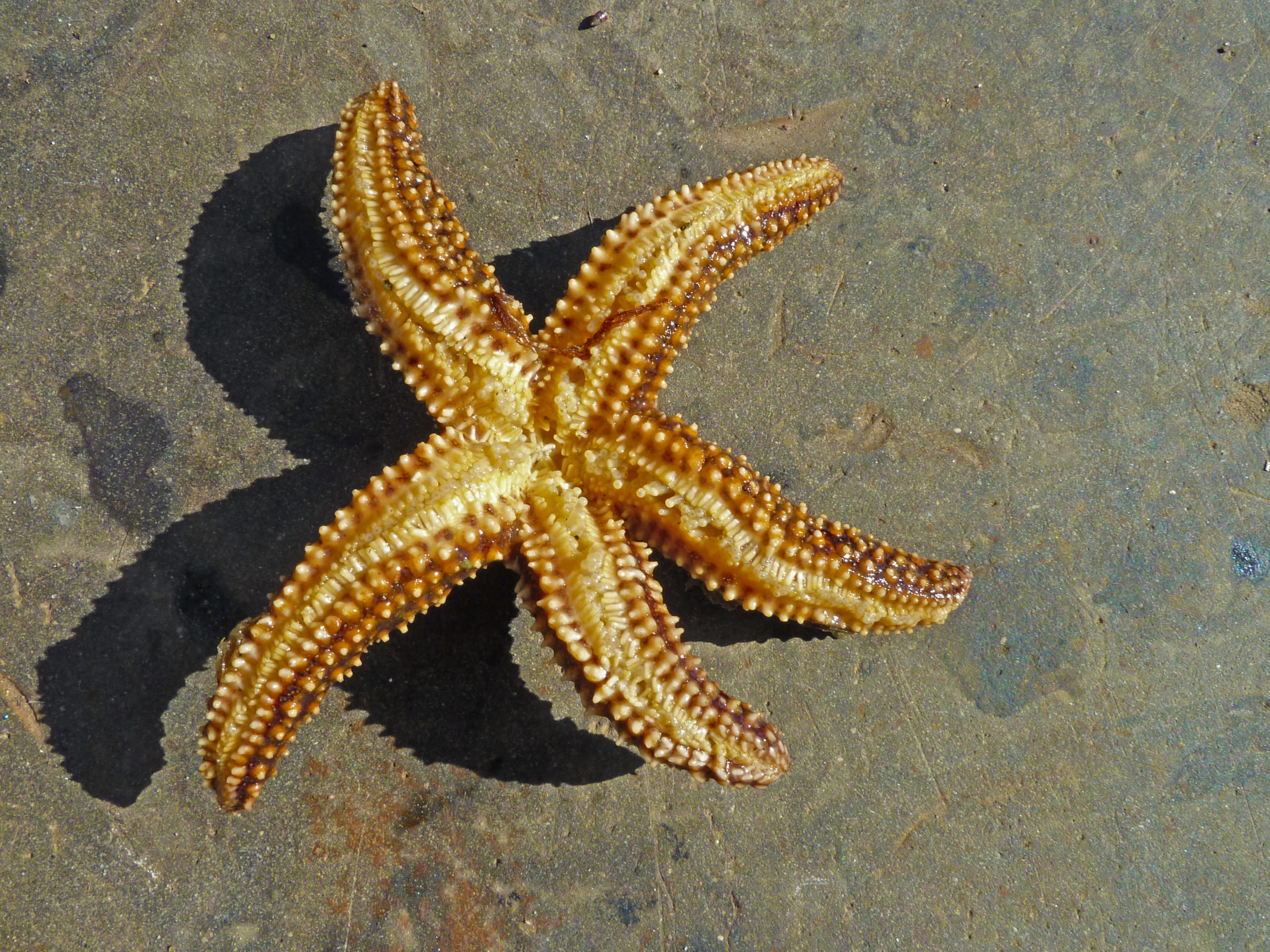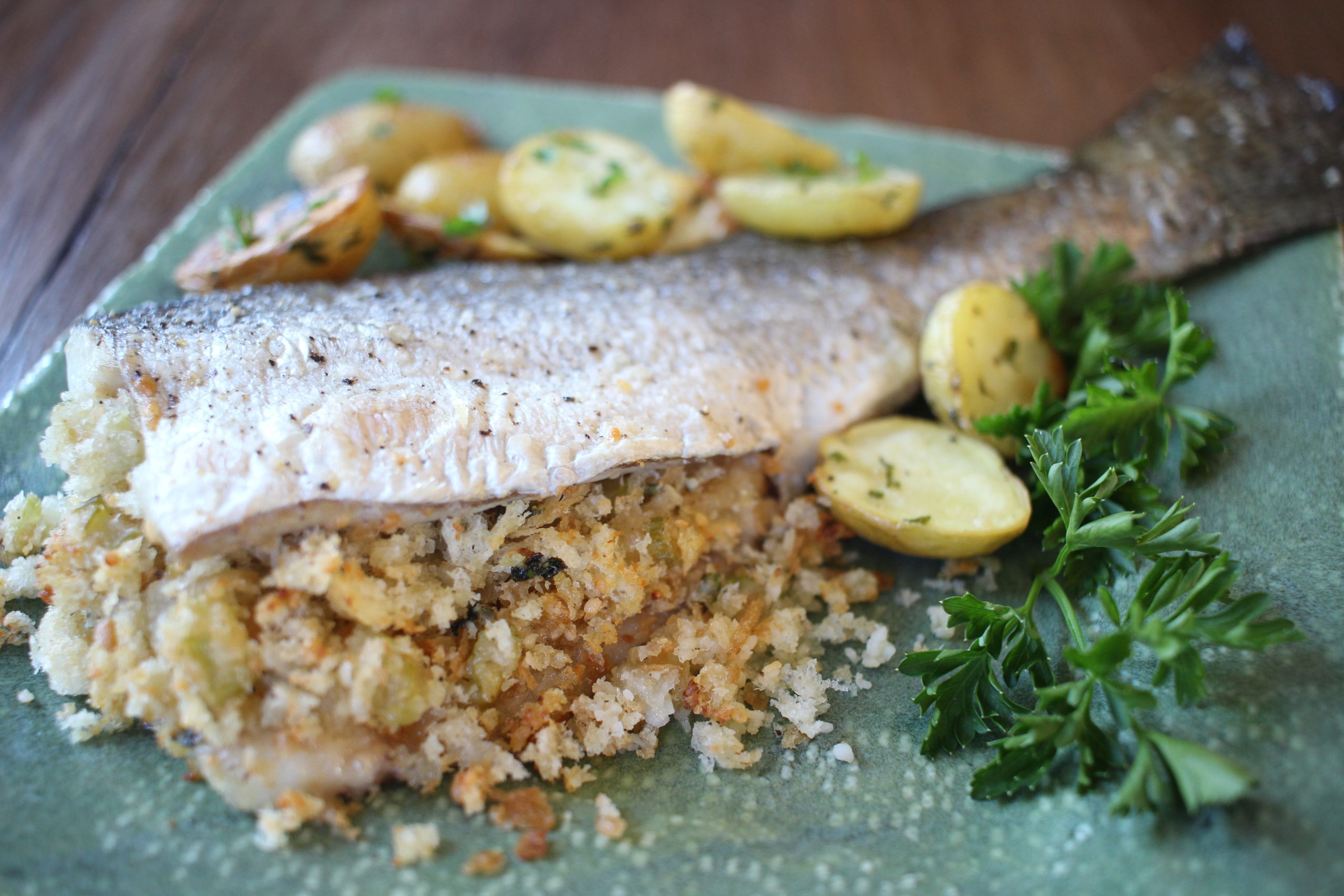Don’t Cut Down That Tree! Preserving a Protective Buffer Against High-Speed Winds
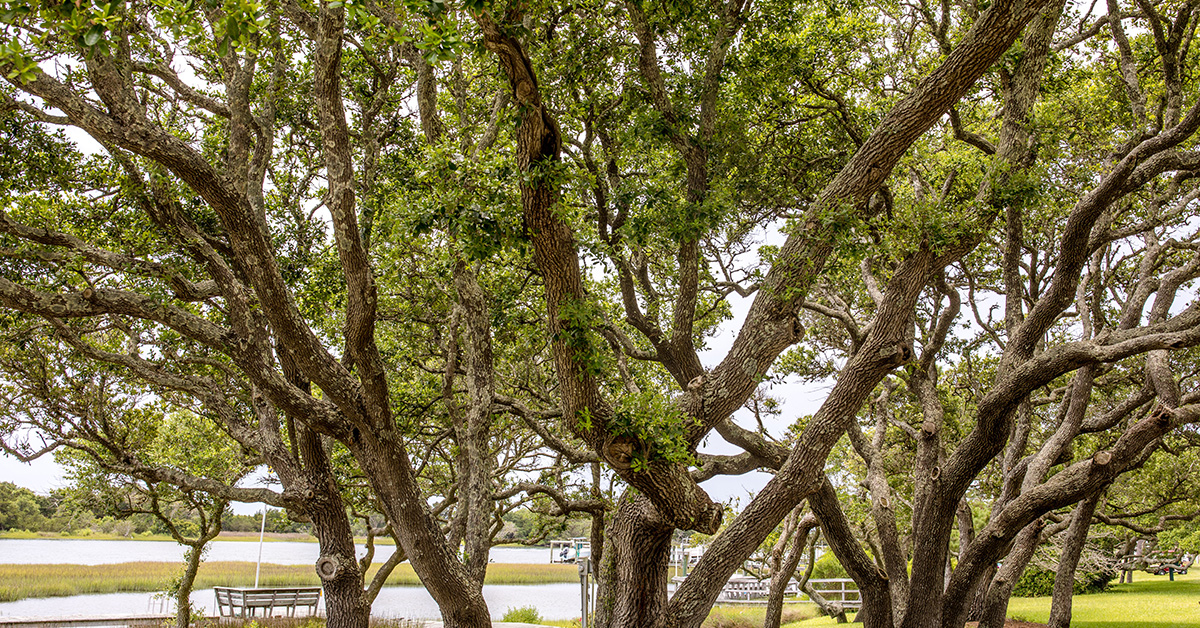
Paul Hosier listens sympathetically when he hears people vowing to cut down all of their trees after Hurricane Florence. After all, he felt the pain himself the pain of cleaning up and the pain of writing large checks to cover the cost of removing downed trees.
“They really do love trees,” the Wilmington plant ecologist says of coastal homeowners. “They just don’t love the ones that hit their house and cost them $5,000 to fix their roof. That’s why they say: ‘Cut them all down. I’m not going to take any chances.’”
Fortunately, science has some answers about saving trees. Keeping and maintaining certain strategic trees on your property can save money by reducing the risk of roof damage, while also providing beauty, shade, and habitat and food for wildlife.
Structural Significance
“In hurricane category 3 winds or lower, most trees don’t fall,” says Spencer Rogers, North Carolina Sea Grant’s coastal construction and erosion specialist. In any case, Rogers says, some trees actually help to protect a house by being the first barrier the wind encounters.
Wind speeds are typically measured at airports, where nothing blocks the wind.
“Significant wind speed reduction begins at the top of the first surface features the wind strikes,” Rogers says. “At the airport, that’s grass and pavement. At your house it’s the treetops or — if you don’t have trees — it’s your roof.”
According to Rogers, recent studies from Florida have found surprisingly large reductions in wind speed in locations where trees were even widely spaced. “Anyone planning to protect their house by cutting their trees should ask themselves, ‘How will higher wind speeds affect my home?’”
In the 1990s, Rogers explains, coastal North Carolina did not experience much structural wind damage in the two higher windstorms, hurricanes Fran and Floyd. “A lot of nice trees surrounded many of our houses.”
The protective benefit of a tree boundary layer varies with the height and density of the trees.
“If your neighbor clears all his trees, the added open space can put more stress on your roof, and on your trees,” Rogers says. “A couple of my neighbors cleared most of their trees for various reasons, including the hurricanes of the 1990s, except for a large oak and a cedar near my property line. Both trees ended up across my driveway, fortunately missing my house.”
Minimizing Damage
Hosier, whose recent and seminal guide Seacoast Plants of the Carolinas profiles over 200 species, recommends regular maintenance. Overly mature trees should go. Viable trees should be kept pruned and healthy.
“Just manage it all year long,” he says, “and when a storm comes, you’ve got confidence the tree is going to survive.” He has a personal story to tell about a grand old oak taken out by Hurricane Bertha in 1996. It was huge and still growing, but it had a rotten place at the base of its trunk — damage that might have been caught on an earlier inspection.
“It just nicked our deck when it fell, and the railing still bears the scar,” Hosier says, noting the damage could have been far worse if it had landed on his roof. “That was a good learning lesson.”
For those making a fresh start on a property, Hosier highly recommends hiring a landscape architect to help choose trees to fit their lot’s individual conditions. Is it sunny? What times of the day and year? Is the soil dry, moist or wet?
He also urges landowners to shop for trees based on suitability rather than price.
“It always hurts,” he adds. “You say, ‘Oh no, that’s going to cost me a lot of money.’ Well, it is. But it’s actually going to save you money in the long run because you’ll get the right trees in the right place — and 5, 10, 15, 20 years down the road, you’ll be happier.”
In Seacoast Plants, Hosier cites research showing which plants are most suitable in hurricane-prone environments. Native plants typically fare better. They are suited to an environment that periodically includes these punishing storms, which bring wind, salt aerosols and flooding.
Hosier belongs to a public-private collaboration called the Coastal Landscapes Initiative, or CLI. With leadership from North Carolina Sea Grant, CLI aims to enhance the environment through landscaping. One way CLI does so is by recommending plant species for coastal homeowners to consider for their property and for any common areas in their neighborhoods.
“Some pines are better than others, but if you have a choice between pines and hardwoods, I’d choose hardwoods,” Hosier says. He especially recommends oaks — live oak for the southern coast of North Carolina, southern red oak for the northern coast —as well as American holly and black gum throughout the coast.
To minimize the chance of structural damage from storms, it pays to keep an eye to the future.
“You can avoid damage by the selective placement of the trees or by being judicious in cutting when you start developing your house,” Hosier says. “That allows the trees to fall without falling on your house, yet, gives you the shade that you want and the view that you want.”
He also wants property owners to be realistic in their expectations. “The overall approach is minimizing damage,” he says.
“You want to plan a yard that utilizes the research that tells you the plants that have the highest probability of surviving based on their structure and shape, their root systems, etc. But you’re not going to get a silver bullet and plant things in your yard so that you look over at your neighbor’s yard after a hurricane and they have no trees left and you have all your trees left.”
North Carolina Sea Grant and the University of North Carolina Press published Seacoast Plants of the Carolinas, which includes sections on how some trees and shrubs survive storms, how to minimize damage, and how to recover after a storm.
In particular, a useful table ranks 39 trees and large shrubs from high to low suitability for hurricane-prone environments. These conclusions came from coastal scientists who studied plants immediately after storms and noted that damage was species specific. For more: go.ncsu.edu/SeacoastPlants.
Also check out the Coastal Landscapes Initiative. Products available for download include a brochure and booklet that highlight 34 species, including trees and shrubs, along with grasses and other categories, recommended by the initiative’s team members. Go online to: go.ncsu.edu/CoastalLandscapes.
Hardy Trees
SOUTHERN RED OAK
Quercus falcata
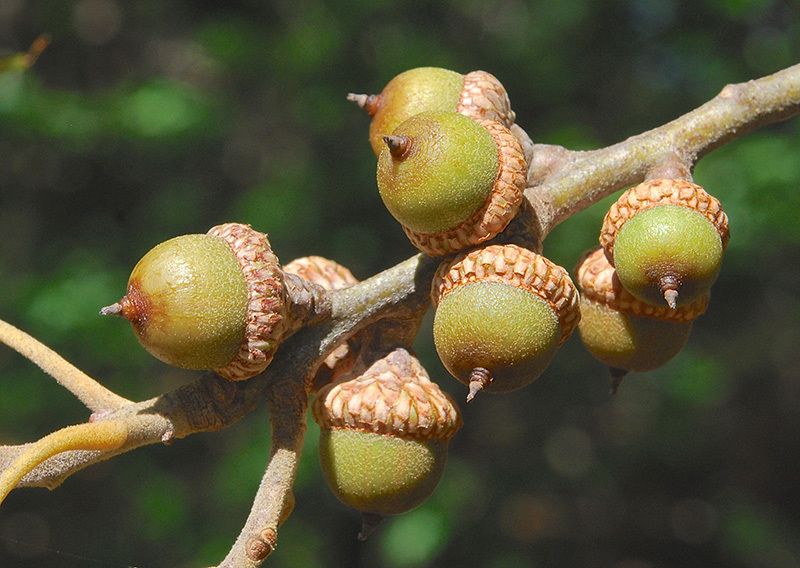
Family: Fagaceae (Beech)
Other Common Names: Spanish oak, red oak
Range: New Jersey west to Missouri and south to Oklahoma, Texas and Florida
Habitat: Maritime forests; also upland forests
Habit: Tree
Flowering/Fruiting Period: FL April–May; FR September–October (2nd year)
Wetland Status: FACU
Origin: Native
Southern red oak is a common, easily recognized tree in the maritime forest along the Carolinas coast. Capable of growing to 90 feet tall under the best environmental conditions, the tree rarely exceeds 30 or 40 feet in areas influenced by salt aerosols. Not a self-pruning tree species, mature specimens often have branches and leaves that nearly touch the ground.
Long, droopy leaves are a simple but distinctive characteristic used to identify this tree in the field.
Young trees have smooth, light gray bark; the bark of mature trees is dark gray with deep, narrow ridges and furrows. Leaves are variable in shape, simple, bristle-tipped, and alternately arranged on the stems.
They range from 5 to 9 inches long and 4 to 6 inches wide. Some leaves have 3 lobes, while others, especially those on the upper branches, have 5 or 7 lobes. Each leaf lobe has 1 to 3 bristles and deep sinuses. They are shiny green above and glaucous green below, with reddish-brown hairs along the major veins. The leaf blades are U-shaped at the base and noticeably lopsided on either side of the petiole. The terminal lobe is much longer than the other lobes. Leaves are late deciduous, gradually falling from the tree over the winter and before new leaves expand in the spring.
The tree is monoecious, with male flowers developing on 3- to 5-inch- long, drooping, yellowish-green catkins that mature at the same time the leaves appear. The wind-pollinated female flowers are borne on short spikes, each with 2 flowers. The fruit is an orange-brown acorn 1/2- to 5/8-inch long. Reddish-brown hairy scales cover the cap, which extends over less than one-third of the nut. The acorns, either solitary or paired, mature in the fall of the second year after pollination. Acorn production begins when the tree reaches about 25 years old.
Southern red oak prefers full sun or light shade and well-drained, sandy soils. Trees are highly drought tolerant at maturity and tolerate moderate salt aerosols.
Propagation is by seeds (acorns) only; planting seeds in the fall assures the best germination.
Acorns are a significant wildlife food for white-tailed deer and squirrels. Small mammals are important agents for dispersing the seeds. Oak trees, including southern red oak, are hosts for larvae of hairstreak butterflies and many moths.
While intolerant of root disturbance, southern red oak is a long-lived and fast- growing shade tree. The long taproot of southern red oak diminishes transplant success. Best used as a specimen tree in native garden settings, southern red oak has branches that are resistant to breakage and can withstand hurricane- force winds.
Southern red oak wood is hard, making it useful for lumber, furniture, flooring and firewood. The bark is used as an antiseptic, astringent and tonic.
LIVE OAK
Quercus virginiana
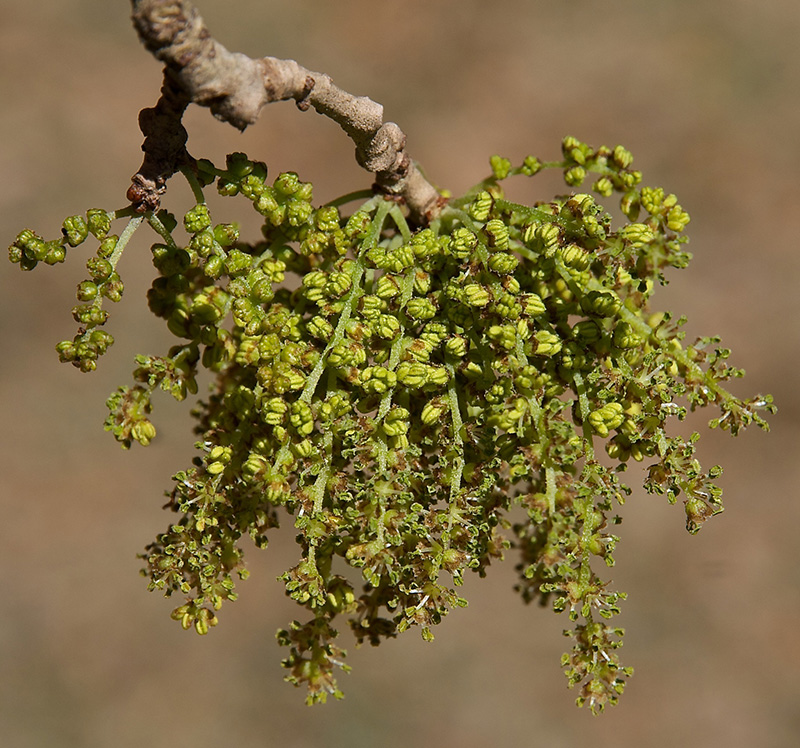
Family: Fagaceae (Beech)
Other Common Names: Southern live oak, Virginia live oak, coastal live oak
Range: Virginia south to Florida and west to Texas
Habitat: Maritime forests and maritime shrub thickets, edges of coastal marshes, and dunes
Habit: Tree
Flowering/Fruiting Period: FL March–April; FR September–November
Wetland Status: FACU
Origin: Native
In addition to serving as home to Spanish moss, resurrection fern, and occasionally American mistletoe, live oak is one of the best-known plants in the southern United States; in fact, it has become an icon of southern coastal living. Its instantly recognized profile graces many coastal business logos ranging from landscapers’ and law firms’ to restaurants’ and banks’.
When growing in ideal conditions, live oak produces a short, thick trunk often between 2 and 4 feet in diameter and reaches a height of 50 to 70 feet with a crown spread sometimes twice its height. Live oak is evergreen or semideciduous; it always appears green, shedding last year’s leaves within a few weeks of developing new leaves in the spring. Large branches close to the ground grow nearly horizontally, some- times dipping toward the ground before ascending to the edge of the crown.
Live oak leaves are alternately arranged, elliptical, and leathery with entire edges that are slightly rolled under, a key to identification of this species.
The dark green leaves range from 1 1/2 to 3 1/2 inches long, 1/2 to 1 ½ inches wide, and occasionally possess bristle-tipped teeth, especially at the apex. The upper surface is shiny, and the lower surface is light green with some pubescence.
Live oak is monoecious, with male flowers borne on catkins 1 to 3 inches long and wind-pollinated female flowers borne on spikes arising in the axils of leaves. Acorns are chestnut brown, about 1-inch long, and 1/2- to 5/8-inch wide with the cap covering one-third to one-half of the acorn. They occur singly or in clusters of 2 to 5. In contrast to the acorns of sand laurel oak and water oak, live oak acorns mature in 1 year and germinate shortly after falling from the tree.
Acorns serve as a food source for birds, squirrels and white-tailed deer.
Live oak is the climax tree of the maritime forest in the Carolinas due to its adaptation to salt aerosols, soil salinity and wind. Live oak tolerates salt aerosols well, but it takes on a characteristic wedge-shaped profile where and when salt-laden winds kill the buds and leaves on the windward side of the tree. Live oak grows well in full sun or shade, and it tolerates moderate drought, occasional flooding with salt water, and nutrient-poor soils as long as the soil remains unsaturated.
During severe hurricanes, the tree’s broad, squat profile reduces the possibility that it will topple. Hurricane- force winds strip the leaves and small branches from live oak; however, the tree sprouts new branches and leaves within a few weeks.
Live oaks are fast-growing trees, especially when they are young. They often live 200 to 300 years or longer. Propagate live oak from seed, or plant sapling live oaks that are available commercially. Trees larger than saplings do not transplant well. With adequate space, live oaks develop into spectacular ornamental and shade trees.
The plant profiles of both oaks come from Seacoast Plants of the Carolinas: A New Guide for Plant Identification and Use in the Coastal Landscape, by Paul E. Hosier. Copyright © 2018 by North Carolina State University. Used by permission of the University of North Carolina Press. www.uncpress.org.
Roof Retrofits Are Wise Investments
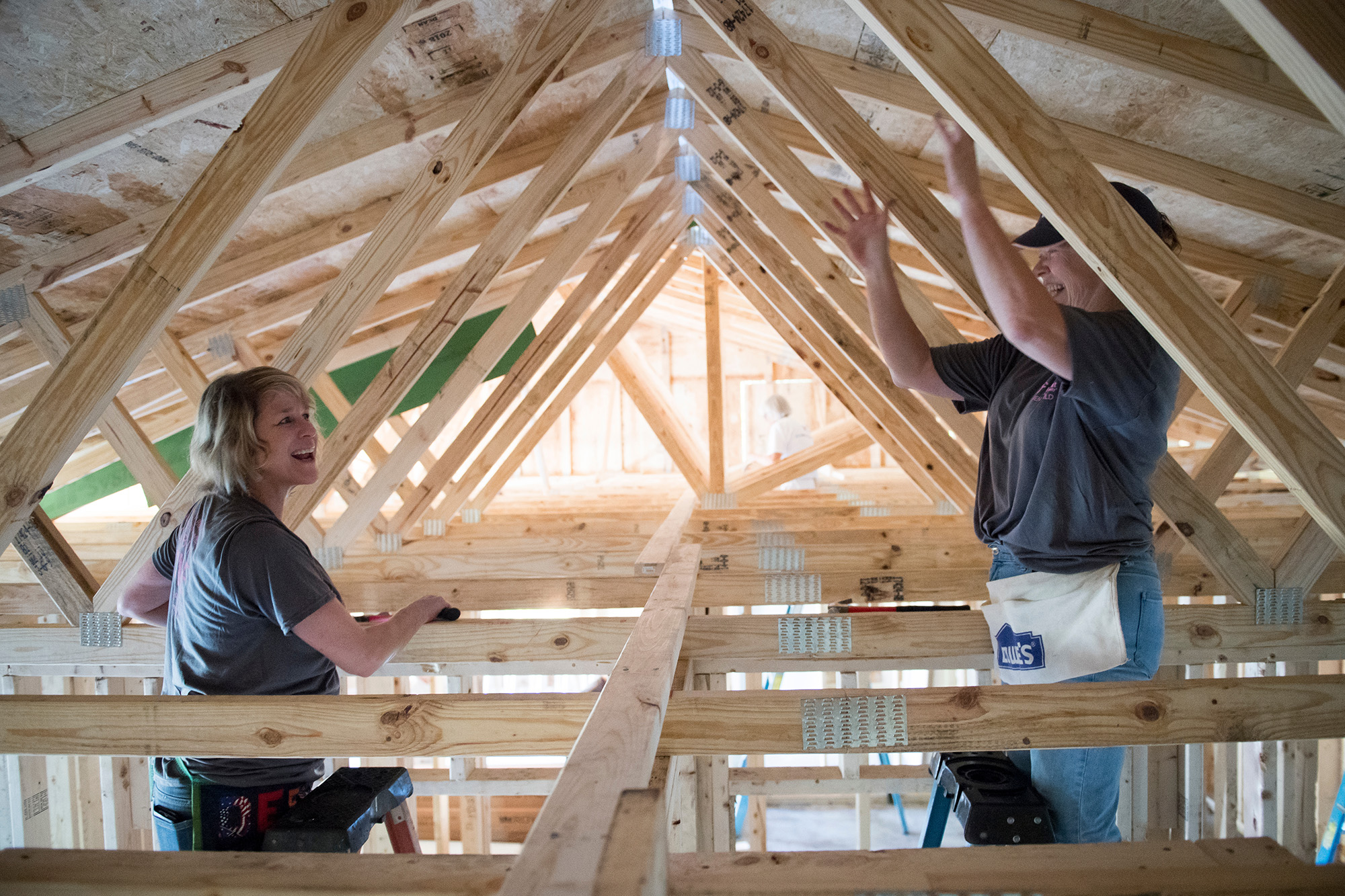
North Carolina learned the hard way about construction standards when seven major hurricanes struck the state in the 1950s.
Spencer Rogers, coastal construction and erosion specialist for North Carolina Sea Grant, notes that the destruction those storms spawned led the N.C. Building Code Council to require inexpensive metal straps to improve the roof-to-wall connection capacity tenfold or more.
Those codes applied to new construction on the barrier islands beginning in the mid 1960s, but similar standards did not apply to houses on the mainland until about 1995. As a result, many houses in coastal North Carolina have wind-sensitive roofs.
“If you have an older house, and cannot see metal straps in your attic that attach each of your rafters to the exterior walls, you probably have a wind-sensitive roof,” he says. “With some effort, houses can be retrofitted for high winds. It’s usually easiest when doing other renovations.”
Lots of factors affect a building’s outcome during a storm, including the roof slope, shape and wind alignment. Roof failures are usually associated with vertical lift, and the common, moderately sloped roof has the highest lift compared to steeper or flatter pitches. In most houses, the connections that attach the roof to the walls work great against gravity and lateral forces. However, the connections of most roofs built with common construction practices begin to fail when the wind speed on the roof increases above 85 mph.
Rogers has been working with a group of engineers through a National Science Foundation grant to evaluate the coastal storm damage to buildings. In general, wind speed, storm surge, wave and erosion damage was much lower along the oceanfront with Hurricane Florence than it was with Hurricanes Fran in 1996 and Floyd in 1999.
In the coastal communities between Carteret County’s Bogue Banks and New Hanover County, the group found relatively little structural wind damage to buildings. However, minor to major roof covering damage was widespread. In many cases, water had penetrated the damaged roofing and caused much extensive damage to interior finishing, such as drywall and flooring, and belongings.
Reroofing?
You can take relatively inexpensive steps to be better prepared for the next wind storm. There are also several new insurance provisions that can lower your wind insurance premiums and in some cases may help pay for installing better roofing.
Read more: go.ncsu.edu/WindInsuranceIncentives
— Debbi Sykes Braswell
